Lippan art has a long and fascinating history, dating back to ancient times when homes were made of mud and straw. The art form was initially used to keep the walls cool during the scorching summer months. However, over time, it evolved into a decorative form of art that not only helped to regulate the temperature but also added an aesthetic appeal to the homes.
The technique involved in creating lippan art involves mixing mud and other natural materials to create a smooth paste, which is then applied to the walls. The artist then creates intricate patterns and designs using their fingers or tools to add texture and depth. Once the artwork is complete, it is left to dry in the sun and sometimes painted with bright colors to enhance its beauty.
Lippan art is a subtle yet striking form of art that illustrates the Indian heritage and tradition. It is a unique way of blending art with nature, utilizing natural materials to create beautiful designs. Today, it is a popular form of art that can be seen in various public places such as hotels, airports, and houses, showcasing the creativity and skill of Indian artists.
Found 37 images related to lippan art on wall theme
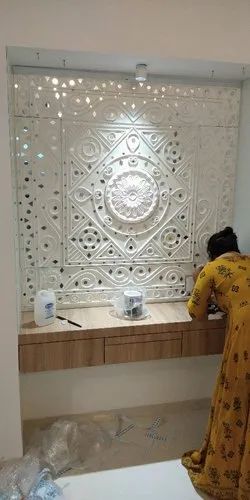






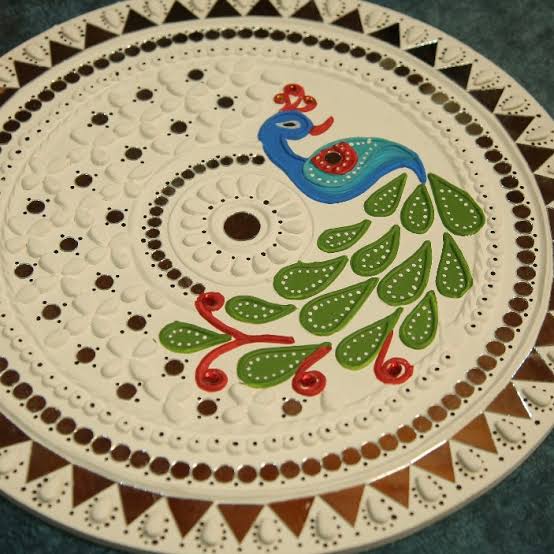



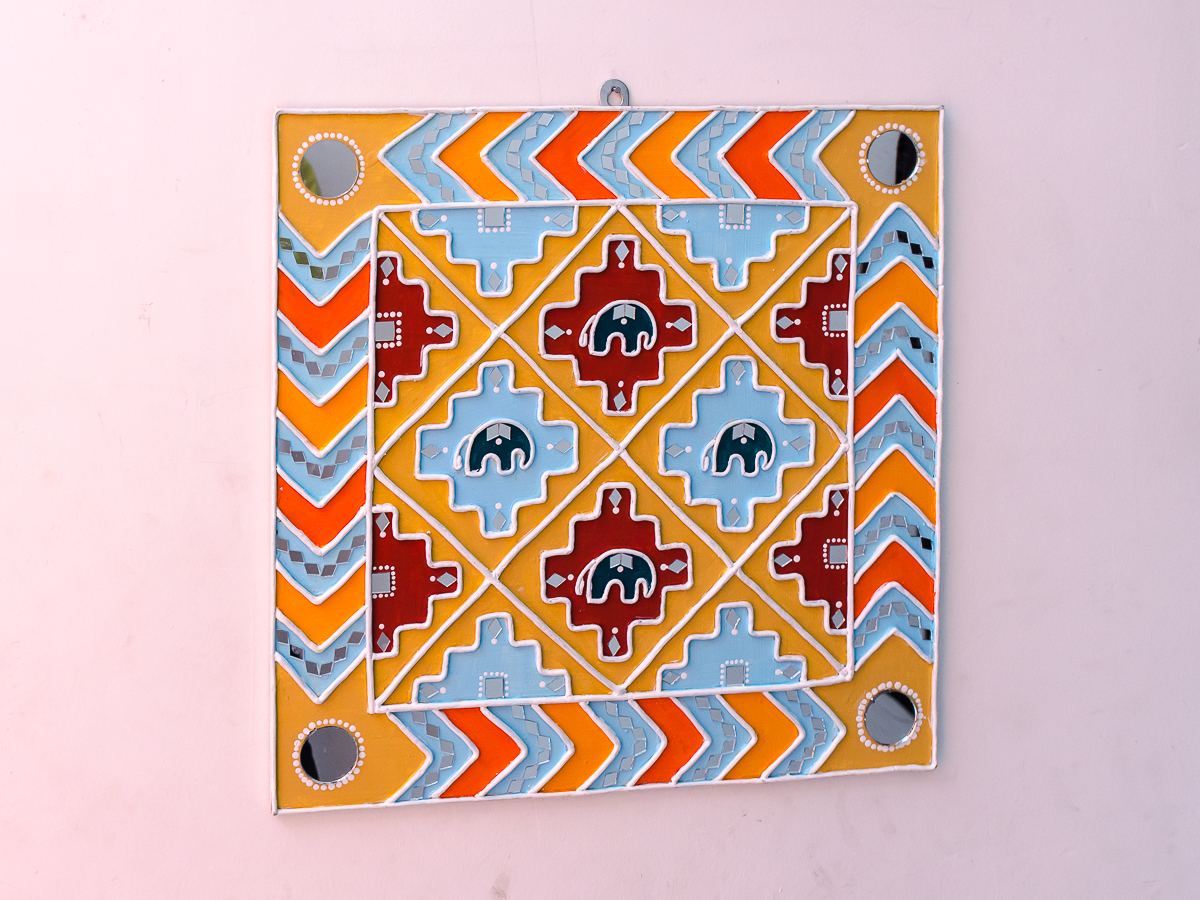
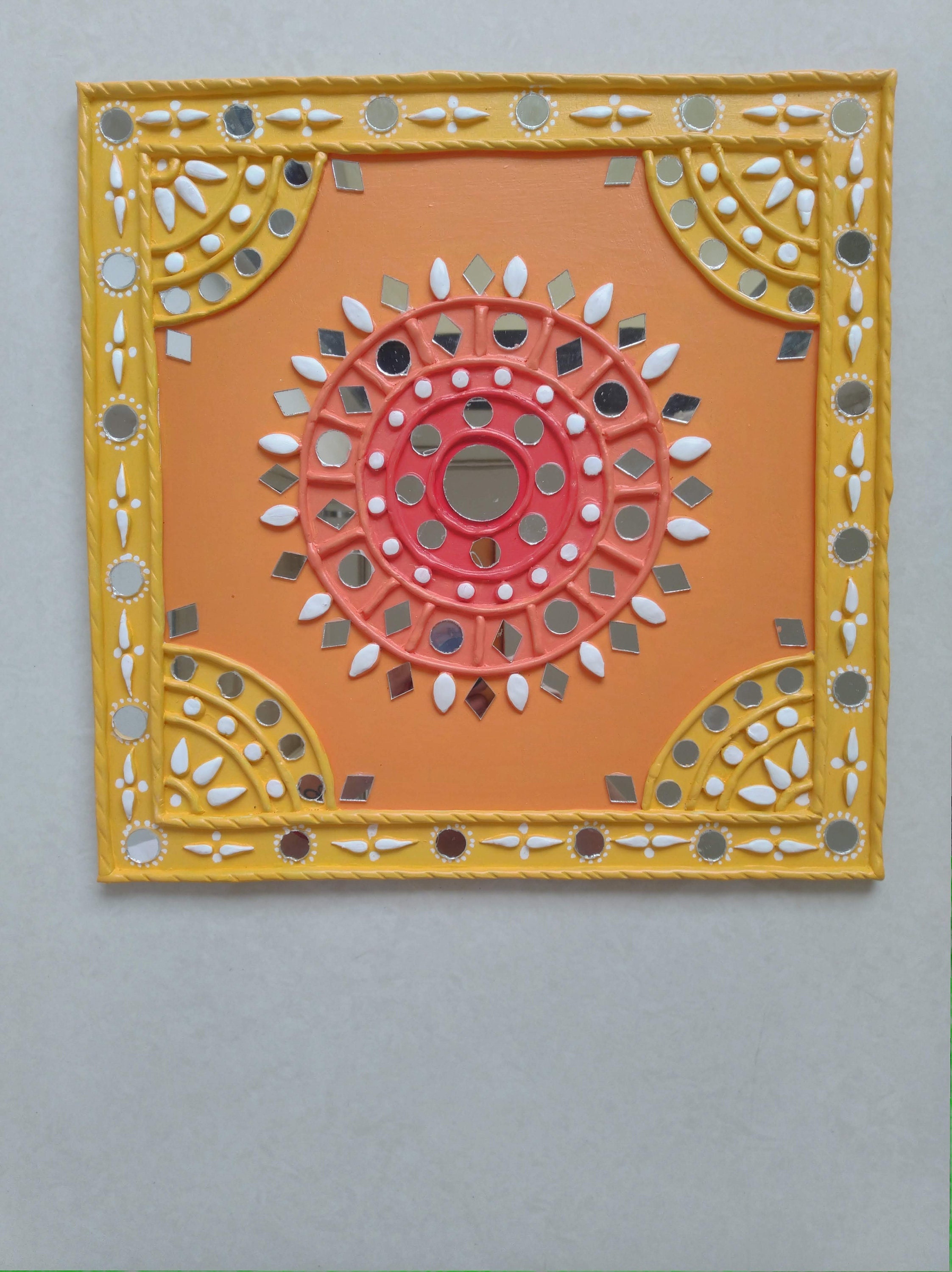
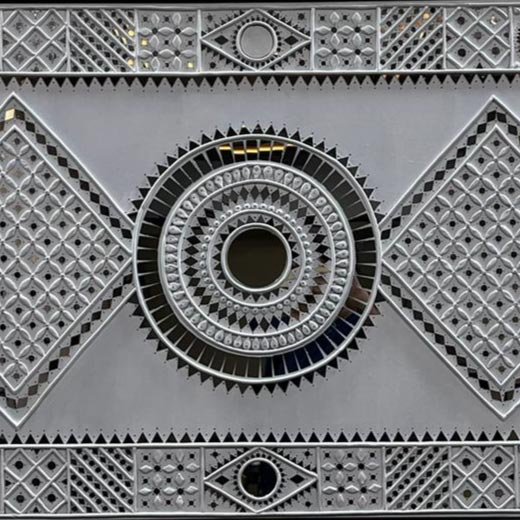






lippan art on wall
Origins and Significance of Lippan Art
Lippan art has been practiced in the Kutch region for centuries, and it is believed to have originated among the Banni grasslands. The Meghwars would use the art form to decorate their homes, creating intricate designs using clay and camel dung. The art form was also used as a means of storytelling, with various symbols and motifs representing different aspects of the Meghwars’ lives, beliefs, and traditions.
Techniques and Materials Used in Lippan Art
Lippan art is created using a mixture of clay and camel dung, along with various natural materials such as cow dung and mud. The mixture is then applied to a wall or surface in a thick layer, and the designs are created using fingers, sticks, and other tools.
Design and Style of Lippan Art
Lippan art typically features intricate geometric patterns and motifs, with the designs often featuring circular shapes and spirals. The art form also features various symbols and motifs, including birds, flowers, and other natural elements.
Intricacies of Design in Lippan Art
The designs used in lippan art are incredibly intricate, with intricate patterns and motifs that require a great deal of skill and attention to detail to create. The designs are often created using a combination of geometric shapes and free-form patterns, with each element of the design carefully placed to create a cohesive overall effect.
Application of Lippan Art on Wall
Before applying lippan art to a wall, it is important to ensure that the surface is smooth and free of any bumps or imperfections. Once the surface has been prepared, the clay and camel dung mixture is applied to the wall in a thick layer, and the designs are created using fingers, sticks, and other tools.
Maintenance and Preservation of Lippan Art
To preserve and maintain lippan art, it is important to avoid exposing it to direct sunlight, as this can cause the clay and camel dung mixture to crack and fade. Regular maintenance, including dusting and cleaning the surface, can also help to keep the art form looking its best.
FAQs
Q. What are some lippan art designs printable?
A. There are many lippan art designs available online that can be printed and used as a guide for creating your own lippan art.
Q. What lippan art materials do I need to get started?
A. To get started with lippan art, you will need clay, camel dung, natural materials such as cow dung and mud, and various tools such as sticks and fingers for creating the designs.
Q. Can lippan art be created on canvas?
A. While lippan art is traditionally created on walls and other surfaces, it is possible to create the art form on canvas by using a thick layer of clay and camel dung as a base.
Q. Are there lippan art kits available for beginners?
A. Yes, there are many lippan art kits available for beginners that include all the materials needed to get started with the art form.
Q. Can a lippan art mirror be created?
A. Yes, it is possible to create a lippan art mirror by applying the clay and camel dung mixture to a mirror frame and creating the designs using various tools.
Q. How do I make lippan art clay?
A. Lippan art clay can be made by mixing clay, camel dung, and natural materials such as cow dung and mud.
Q. Can lippan art be created on walls that are already painted?
A. Yes, lippan art can be applied to walls that are already painted. However, it is important to ensure that the surface is smooth and free of bumps or imperfections before applying the clay and camel dung mixture.
Keywords searched by users: lippan art on wall lippan art for beginners, lippan art materials, lippan art mirror, lippan art designs printable, lippan art kit, lippan art on canvas, lippan art clay, how to make lippan art clay
Tag: Update 39 – lippan art on wall
दिवाल पर बनाये लिप्पन आर्ट | Lippan Art on the Wall | Mud & Mirror Art । Cone Work DIY
See more here: khoaluantotnghiep.net
Article link: lippan art on wall.
Learn more about the topic lippan art on wall.
- Lippan Art Wall Decor – Amazon.in
- Mud Mirror Lippan Art Work – IndiaMART
- Lippan Art Wall Hanging Decor | Indian Folk Art – Crafts N Chisel
Categories: khoaluantotnghiep.net/wikiimg